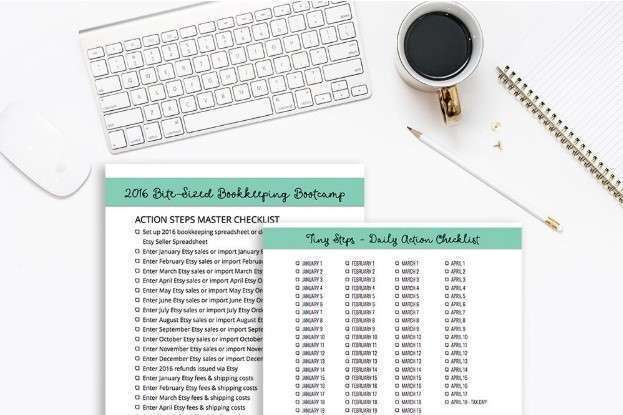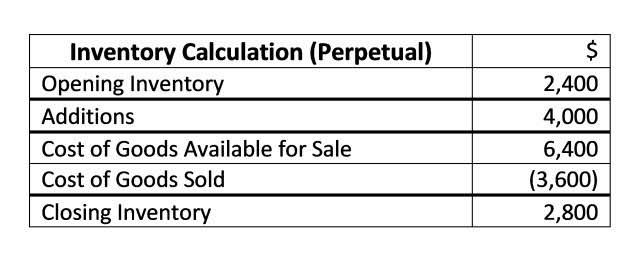
A Fixed Asset Useful Life Table serves as a valuable tool in this calculation, providing a structured framework to analyze and document the estimated useful life of each asset category. It involves a comprehensive assessment of historical data, expert opinions, and industry benchmarks to arrive at an informed estimate. Shorter fixed asset accounting recovery periods accelerate tax benefits but may not accurately reflect the actual useful life of certain assets. Striking the right balance between depreciation method and recovery period is essential, as it not only influences financial reporting accuracy but also shapes a company’s tax liabilities and cash flow dynamics.
- With this real-time data at your fingertips, you can make well-informed decisions about asset reallocation so that every asset is utilized.
- Once the asset is installed, regardless of whether it was internally developed or purchased, it is placed under real property inventory and tracked through its life cycle.
- When asset management is carried out strategically, a business can predict the time an asset is likely to reach its peak performance, and how long it will last before it requires maintenance or replacement.
- Fortunately, there is a way to eliminate ghost assets from your records and prevent this unnecessary expense.
- An efficient disposal process helps minimize losses and ensures compliance with legal and financial standards.
On Balance Sheets

You can schedule maintenance outside of facility operating hours to ensure maintenance doesn’t interrupt productivity. If the asset requires installation, be sure to plan for additional costs when setting a budget. Yes, the salvage value may change due to changes in market conditions, technological advancements, or changes in the asset’s condition.
Deploying Assets for Operational Efficiency
For example, when it comes to decisions like repair or replace, you’ll have the financial data to back up your thought process and help you come to the most cost-effective solution. Before diving into the asset life cycle, it’s important to first define the term asset. “Asset” is a broad term that refers to any piece of property owned by a person or firm. An asset can be anything from an entire office building to a pencil in someone’s desk drawer. To determine how much of the net assets the client owns, consider an alternative formula that eliminates the fixed asset liabilities, which are the debts and financial obligations the company owes on those assets. The carrying value, also known as the book value, represents the net amount at which an asset is recognized on the balance sheet.

Frequently Asked Questions (FAQs) on Fixed Asset Management

Making the decision to repair or replace assets directly impacts your operational efficiency and financial performance and requires a thorough cost-benefit analysis. Learn how a CMMS can help you make informed, data-driven decisions about your assets. You can use an existing fixed asset as a template or create the fixed asset from scratch. When it can no longer provide value or is too costly to maintain, it’s time to retire the asset. This process, known as decommissioning, involves removing the asset from operation, selling it for parts, recycling, or safely disposing of it, depending on its condition. Planning for disposal is crucial to ensure that any environmental regulations are followed and costs are minimised.
- By strategically deploying assets where they can generate the most value, businesses can enhance operational performance, streamline workflows, and gain a competitive advantage in the market.
- Fixed asset lifecycle management is a vital activity for any business as it allows you to manage your valuable assets and prolong their life, helping you be more productive.
- The company then will depreciate these assets over the five-year period to account for their cost.
- Moreover, LCAM incorporates the use of technology, such as AI and machine learning, for predictive maintenance and real-time monitoring of assets.
- Knowing this information and with the help of FAM software such as AssetCues, you’ll be able to achieve robust asset management systems.
- It’s part of fixed asset audits and it ensures accurate asset tracking, compliance with accounting standards, and early identification of discrepancies like missing or unrecorded assets.
- That is important because in the asset class, you define certain control parameters and default values for depreciation and other master data.
- They ensure accurate record-keeping, oversee asset depreciation, and ensure compliance with accounting standards and regulations.
- From acquisition to disposal, the Fixed Asset Manager ensures that assets are accurately tracked, managed, and maintained to maximize their value and comply with regulatory requirements.
- Adherence to local and international accounting standards is fundamental in fixed asset life cycle accounting to ensure consistency, transparency, and accuracy in financial reporting.
LCAM enables informed decision-making by providing insights into an asset’s total cost of ownership and expected life span. After an asset is disposed, the life cycle starts over again with a replacement asset. This is always a good time to determine if the organization can upgrade to a better product while minimizing costs. By analyzing asset data collected over its lifetime, the organization can reassess how to maximize the next asset’s value moving forward.
Using RFID for IT Asset Tracking: A Complete Guide
On the other hand, straight-line depreciation offers consistency but may not align with the economic reality of an asset’s diminishing value. The recovery period, representing the time over which an asset is depreciated, affects the timing of tax deductions. We know that fixed assets have been in use for several years, and during that time, it’s all too easy for crucial documents to go missing or become misplaced. Join us as we dig into the nitty-gritty of fixed asset management, revealing how your organization can optimize the monitoring of equipment and vehicles, evaluate their condition, and extend their lifetime value.
Understanding the Fixed Asset Life Cycle
For example, in a sample of 100 assets, 24 of the assets had an incorrect category listed. Of the 191 existing categories, 16 were never used and 45 were used fewer than six times. With the software doing the calculations, there’s less room for user error, and you can have more confidence in the numbers you’re reporting. Managing these assets well means you can get the best value and highest return on investment. Say goodbye to lost inventory, equipment failures, and downtime, and hello to a more efficient, well-oiled machine. Using a digital system to manage your assets offers a level of insight and control that is unmatched with traditional paper systems.
Why is fixed asset management a critical business process?
- Fixed assets include property, plant, and equipment (PP&E) and are recorded on the balance sheet with that classification.
- Also, tests are performed to confirm any kind of issues, with installed barcode tags for tracking purposes.
- Most experts agree that there are four stages in the life cycle of an asset -, but some add one more.
- Regularly updating asset values helps provide a more accurate depiction of the company’s financial position.
- With it, you can efficiently calculate depreciation, avoid penalties, and optimize tax deductions.
- For example, a $15 hammer might be expensed as a current asset, while a hand-held core drill worth $650 could be considered a fixed asset.
